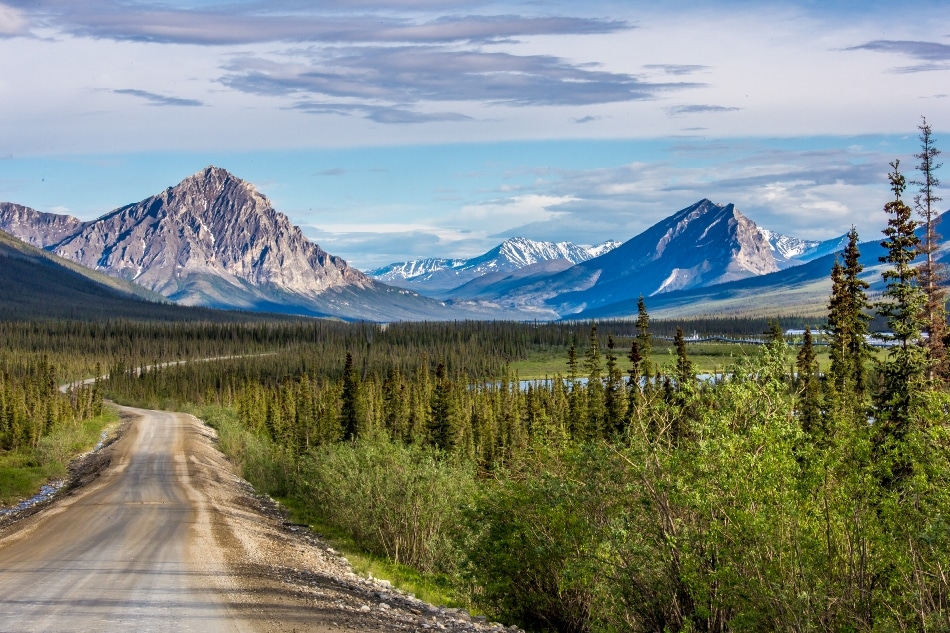Apr 8 2019
In a new study, John Walsh, chief scientist for the University of Alaska Fairbanks International Arctic Research Center, reports that air temperature is the “smoking gun” behind climate change in the Arctic.
 Peaks of the southern Brooks Range along a stretch of the Dalton Highway, about 250 miles north of Fairbanks. (Image credit: UAF photo by Todd Paris)
Peaks of the southern Brooks Range along a stretch of the Dalton Highway, about 250 miles north of Fairbanks. (Image credit: UAF photo by Todd Paris)
Many UAF scientists are co-authors on the paper, which reports that “increasing air temperatures and precipitation are drivers of major changes in various components of the Arctic system.”
The lead author of the paper is Jason Box of the Geological Survey of Denmark and Greenland in Copenhagen.
The Arctic system is trending away from its 20th-century state and into an unprecedented state, with implications not only within but beyond the Arctic.
Jason Box, Geological Survey of Denmark and Greenland, Copenhagen
This is the first study to consolidate observations of physical climate indicators, like snow cover, with biological effects, for example, a mismatch in the timing of flowers blooming and pollinators working.
Walsh states that the important pieces of information that acquire the core of a system are climate indicators. An instance would be the September sea ice extent, which outlines the impacts of things such as winds, temperature, ocean heat, and other variables.
I didn’t expect the tie-in with temperature to be as strong as it was. All the variables are connected with temperature. All components of the Arctic system are involved in this change. Never have so many Arctic indicators been brought together in a single paper.
John Walsh, Chief Scientist, University of Alaska Fairbanks International Arctic Research Center
Records of observations of nine main indicators from 1971 to 2017 were correlated by the authors: permafrost, air temperature, snow cover, hydroclimatology, land ice, sea ice, tundra and terrestrial ecosystems, carbon cycling, and wildfires. All of the above correlate with increasing temperatures, signifying a warming climate and a basic change in the Arctic.
“Because the Arctic atmosphere is warming faster than the rest of the world, weather patterns across Europe, North America, and Asia are becoming more persistent, leading to extreme weather conditions,” stated Box. “Another example is the disruption of the ocean circulation that can further destabilize climate: for example, cooling across northwestern Europe and strengthening of storms.”
The paper is the iconic piece in a special issue on Arctic climate change indicators of the Environmental Research Letters journal. The lead editor for this special issue is IARC’s Igor Polyakov. This issue has other papers co-authored by UAF scientists. Apart from Walsh, the other authors of the paper include the UAF Geophysical Institute’s Uma Bhatt and Vladimir Romanovsky, and Eugénie Euskirchen of the UAF Institute of Arctic Biology, together with several international collaborators.
The researchers believe that these indicator-based observations offer a basis for a more integrated understanding of the Arctic and its role in the dynamics of the Earth’s biogeophysical systems.